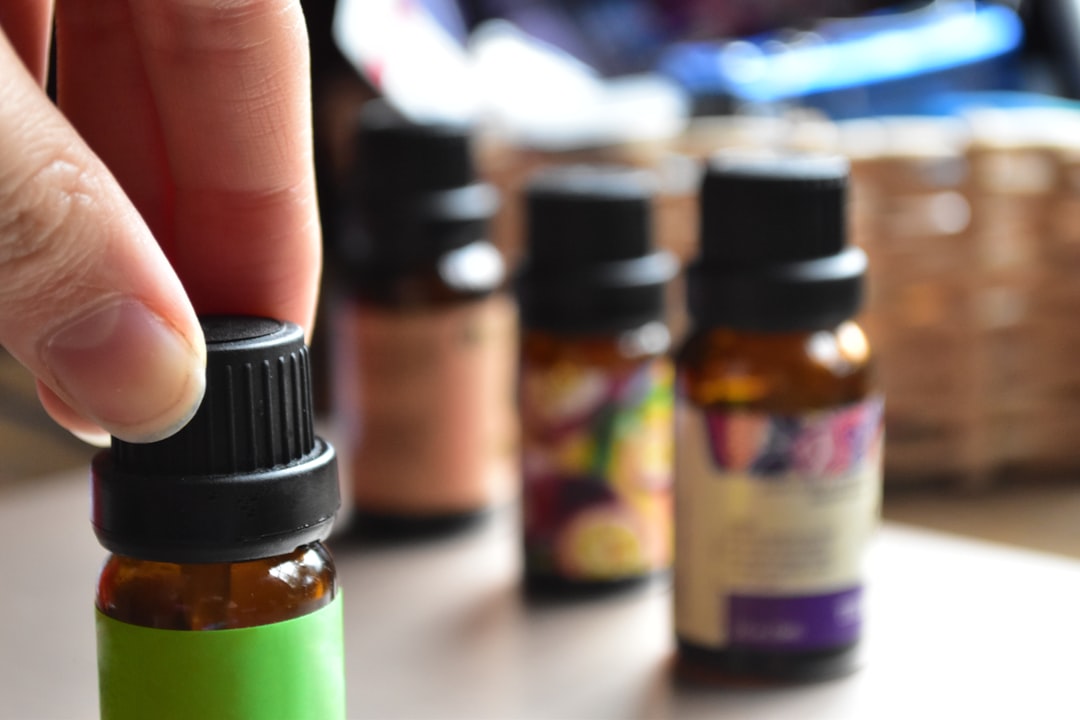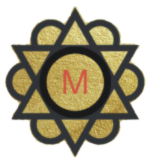
Tarot, a mystical practice steeped in history, has captivated individuals for centuries. Originating in the 15th century as a card game in Europe, it evolved into a tool for divination and self-reflection by the 18th century. The Tarot deck typically consists of 78 cards, divided into the Major Arcana and Minor Arcana, each rich with symbolism and meaning.
Practitioners use these cards to gain insights into their lives, explore their subconscious, and navigate complex emotional landscapes. The act of reading Tarot is not merely about predicting the future; it is a profound journey into the self, where intuition and interpretation play pivotal roles. Aromatherapy, on the other hand, is an ancient practice that harnesses the therapeutic properties of essential oils derived from plants.
This holistic approach to wellness has roots in various cultures, including Egyptian, Chinese, and Indian traditions. Essential oils are believed to influence both physical and emotional well-being through their aromatic compounds. When combined with practices like Tarot reading, aromatherapy can enhance the overall experience, creating a multi-sensory environment that fosters deeper connections to the cards and the insights they provide.
The synergy between these two practices can lead to heightened intuition, clarity, and emotional release.
Key Takeaways
- Tarot and aromatherapy are both ancient practices that can be combined to enhance spiritual and emotional well-being.
- Scent has the power to evoke memories, emotions, and intuition, making it a valuable tool in tarot readings.
- When choosing aromatherapy oils for tarot readings, consider the specific properties and associations of each oil with the tarot cards and their meanings.
- Aromatherapy can be incorporated into tarot readings by anointing cards, creating a scented atmosphere, or using oils to enhance intuition and focus.
- Scented candles can further enhance the tarot experience by creating a relaxing and meditative atmosphere, and by aligning with specific tarot card meanings.
- Combining tarot and aromatherapy can provide a holistic approach to spiritual and emotional healing, and can deepen the connection to intuition and inner wisdom.
The Power of Scent in Tarot Readings
The Power of Scent in Tarot Readings
Certain scents can evoke feelings of calmness or clarity, allowing individuals to approach their readings with an open mind and heart. The olfactory system’s direct link to the limbic system—the part of the brain responsible for emotions—means that specific aromas can trigger emotional responses that may enhance or alter the reading experience.
Selecting Scents for a Deeper Connection
Incorporating scent into Tarot readings can also help ground the reader and the querent (the person receiving the reading). For example, grounding scents like cedarwood or vetiver can instill a sense of stability and focus, which is particularly beneficial when navigating complex or challenging questions.
Enhancing the Reading Experience with Uplifting Scents
Conversely, uplifting scents such as citrus or peppermint can invigorate the spirit and stimulate creativity, making them ideal for readings aimed at exploring new opportunities or personal growth. By consciously selecting scents that resonate with the themes of the reading, practitioners can create a more immersive experience that deepens their connection to the cards.
Choosing the Right Aromatherapy Oils for Tarot Readings

Selecting the appropriate essential oils for Tarot readings involves understanding both the properties of the oils and the intentions behind the reading. Each essential oil carries its own unique set of benefits and associations. For instance, lavender is renowned for its calming properties and can be particularly useful in readings focused on emotional healing or stress relief.
Its soothing aroma helps create a tranquil environment, allowing individuals to delve deeper into their thoughts without distraction. On the other hand, oils like frankincense and myrrh have been used for centuries in spiritual practices due to their grounding and meditative qualities. These oils can enhance spiritual awareness and facilitate a deeper connection to one’s intuition during a Tarot session.
When choosing oils, it is also essential to consider personal preferences; an oil that resonates with one person may not have the same effect on another. Therefore, it can be beneficial to experiment with different scents before settling on a combination that feels right for both the reader and querent. Additionally, blending oils can create a more complex aromatic profile that aligns with specific themes in a reading.
For example, combining bergamot (known for its uplifting qualities) with sandalwood (which promotes grounding) can create a balanced atmosphere that encourages both clarity and calmness.
Incorporating Aromatherapy into Tarot Readings
Incorporating aromatherapy into Tarot readings can be achieved through various methods, each offering unique benefits. One popular approach is diffusing essential oils in the space where the reading takes place. A diffuser disperses tiny droplets of essential oil into the air, creating an aromatic environment that envelops both the reader and querent.
This method allows for a continuous release of scent throughout the session, ensuring that the atmosphere remains conducive to introspection. Another effective way to incorporate aromatherapy is through topical application. Essential oils can be diluted with a carrier oil and applied to pulse points such as wrists or behind the ears before beginning a reading.
This method allows individuals to carry the scent with them throughout the session, providing a personal connection to the chosen aroma. However, it is crucial to ensure that any essential oils used are safe for topical application and are properly diluted to avoid skin irritation. Creating an aromatic ritual before starting a Tarot reading can also enhance the experience.
This could involve lighting incense or using scented sprays that align with the reading’s intention. For example, if the focus is on self-discovery, one might choose an oil like rosemary for its clarity-enhancing properties. Engaging in this ritual not only sets the tone for the reading but also signals to both the reader and querent that they are entering a sacred space dedicated to exploration and insight.
Enhancing the Tarot Experience with Scented Candles
Scented candles offer another layer of sensory engagement during Tarot readings. The flickering flame creates a calming ambiance while releasing fragrant notes that can complement or enhance the chosen essential oils. Candles infused with scents like jasmine or sandalwood can evoke feelings of serenity and spiritual connection, making them ideal companions for Tarot sessions focused on personal growth or spiritual exploration.
When selecting scented candles for Tarot readings, it is essential to choose high-quality options made from natural waxes such as soy or beeswax. These materials burn cleaner than paraffin wax candles, which can release harmful toxins into the air. Additionally, opting for candles made with pure essential oils rather than synthetic fragrances ensures that the aromas are authentic and beneficial.
The act of lighting a candle before a reading can also serve as a powerful ritualistic gesture. It symbolizes intention-setting and creates a focal point for meditation as one prepares to engage with the Tarot cards. As the candle burns, its scent fills the space, enhancing concentration and promoting a sense of peace.
This multi-sensory approach not only enriches the reading experience but also fosters a deeper connection between the reader, querent, and their shared journey through the cards.
The Benefits of Combining Tarot and Aromatherapy

Deepening Insights and Intuition
The interplay between scent and intuition can lead to deeper insights during readings, allowing individuals to explore their inner landscapes more profoundly.
Cultivating Mindfulness
Moreover, this combination encourages mindfulness—a crucial aspect of both practices. Engaging with scent during a Tarot session invites participants to be present in the moment, heightening awareness of their thoughts and feelings as they navigate their questions.
Whether through diffusing essential oils, applying them topically, or lighting scented candles, practitioners can cultivate an atmosphere rich in intention and insight. This harmonious relationship between scent and divination not only enhances individual readings but also deepens one’s overall understanding of self and spirituality within the context of Tarot practice.
If you are interested in exploring the deeper meanings behind tarot cards, you may want to check out Unveiling the Mysteries: The Meaning and Interpretation of the Moon Tarot Card. This article delves into the symbolism and significance of the Moon card in tarot readings, providing valuable insights for enhancing your understanding of this powerful archetype. By combining the wisdom of tarot with the sensory experience of aromatherapy, you can create a truly immersive and transformative reading experience.
FAQs
What is tarot?
Tarot is a form of divination that uses a deck of cards to gain insight into past, present, and future events. Each card in the deck represents different symbols, archetypes, and meanings that can be interpreted by a reader.
What is aromatherapy?
Aromatherapy is a holistic healing treatment that uses natural plant extracts, such as essential oils, to promote physical, mental, and emotional well-being. It is often used in conjunction with other healing practices, such as massage or meditation.
How can aromatherapy enhance tarot readings?
Aromatherapy can enhance tarot readings by creating a relaxing and focused environment for both the reader and the client. Certain scents can also help to evoke specific emotions or memories, which can aid in the interpretation of the cards.
What are some common scents used in aromatherapy for tarot readings?
Common scents used in aromatherapy for tarot readings include lavender for relaxation, rose for love and compassion, frankincense for spiritual connection, and citrus scents for energy and vitality.
How can someone incorporate aromatherapy into their tarot practice?
One way to incorporate aromatherapy into a tarot practice is to use a diffuser to disperse essential oils into the air during a reading. Another option is to anoint the cards with a drop of essential oil before shuffling and laying them out for a reading.






